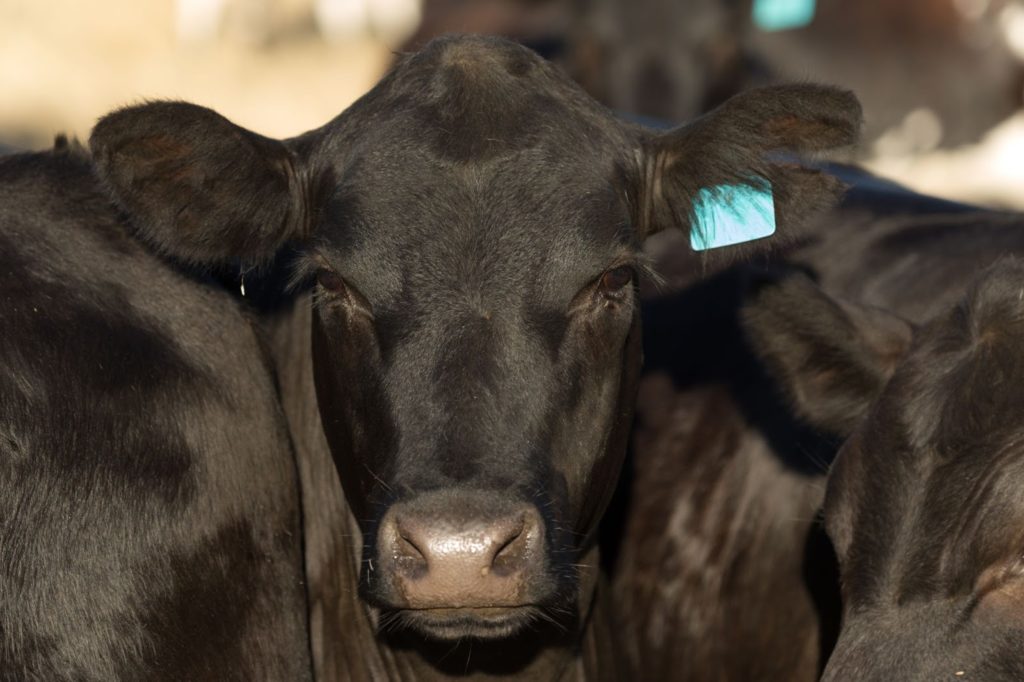Australia’s Cattle Export Trade to Vietnam Increasing
“A Path to Vietnam,” a report by the Asia Society and RMIT University, highlights the opportunities for Australian exporters in Vietnam. It suggests that these opportunities are especially vital given the current trade tensions between Australia and China.
The report covers a range of goods, including beef and grain. It refers to Vietnam’s sustained economic growth even in the face of the current pandemic. It also recognises the fact that both Australia and Vietnam are seeking to diversify in their export markets.
Key points
Growth, fall, and regrowth in cattle exports from Australia to Vietnam
Within this positive outlook for Australian trade with Vietnam, there are excellent opportunities for continuous growth in the cattle export market. It’s not the first time that this has been the case. In 2015, the market doubled from the previous year to 362,248.
Then, scenes of Australian cattle being killed with sledgehammers in Vietnam hit the headlines. The pace of the growth of the market meant that it was struggling to keep up while making sure that the requirements of the Exporter Supply Chain Assurance System were adhered to.
Efforts to improve the situation meant that export figures fell to 197,353 head in 2016 and 165,172 head in 2017. Customers who did not want to adhere to the rules were dispatched. The remaining customers were shown how to train staff and change facilities to improve cattle and slaughter techniques.
Since these positive changes were made, the cattle export market between Australia and Vietnam has grown again. In 2018, the market was 202,215 head; in 2019, it was 267,663 head, and in 2020, it was 297,721 head.
Export growth set to continue despite challenges
This growth in export growth seems set to continue, although the type of cattle exported may change. Vietnam has always primarily been a slaughter market. However, Australian cattle prices are high. This means that there could be a shift towards a feeder cattle market.
Even if this shift happens, the market will likely be able to sustain moderate changes. It will absorb price fluctuations thanks to benefits such as gaining from feeding margins.
There are a couple of potential threats to growth in cattle exports to Vietnam. The first of these issues is the possibility that Brazil will access the Vietnamese market with its beef. If this happens, Brazilian producers could undercut those in Australia.
Logistical and freight costs make a challenge from Brazilian beef less likely. However, this is not the only factor that could have an adverse effect on the Australia/Vietnam market. A failure by importers to improve their production and processing could result in the market declining. If this failure does not happen, the market will likely grow to 400,000-500,000 head annually.
Work required by the Australian cattle industry
To reduce the chances of failures by importers in Vietnam, the Australian industry has important work to do. It needs to help processors in Vietnam to improve their knowledge and technical abilities.
The Livestock Global Assurance Program (LGAP) is currently being implemented in Vietnam and should help with this work. The industry initiated the program to work in combination with ESCAS.
The aim is to ensure that animal welfare is protected. This applies right through the process from market to slaughter.
The beef industry in Australia also needs to work on ways to overcome fragmentation in the market in Vietnam. Currently, it’s difficult to work with customers collectively. This has an adverse effect on return on investment and the ability to inform significant change.
Working on this issue is vital if the industry in Australia wants to reap the benefits of a potentially rewarding market.
It will be interesting to see if and how this work produces meaningful results over the next couple of years and beyond.
Northern Australia Development



